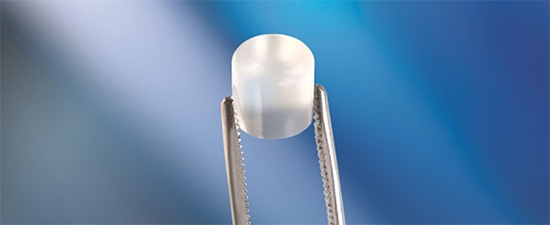- Joined
- Feb 2, 2019
- Messages
- 0
- Reaction score
- -21
This recent journal article caught my attention and further backs up the argument that Cartiva is not as great as it was originally promoted to be
 journals.sagepub.com
journals.sagepub.com
I know a lot docs who actually hate it...a lot. There have been several companies who have designed and are actively promoting revision systems for it.
Do you have any first hand experience with Cartiva or dealing with complications? Would love to read what other podiatrists think about it.
SAGE Journals: Your gateway to world-class research journals
Subscription and open access journals from SAGE Publishing, the world's leading independent academic publisher.
I know a lot docs who actually hate it...a lot. There have been several companies who have designed and are actively promoting revision systems for it.
Do you have any first hand experience with Cartiva or dealing with complications? Would love to read what other podiatrists think about it.





